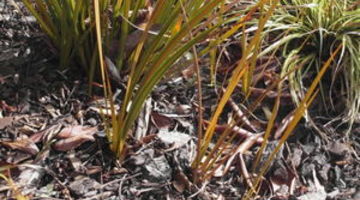Chinese Carnation: [Cultivation, Care, Pests and Diseases]
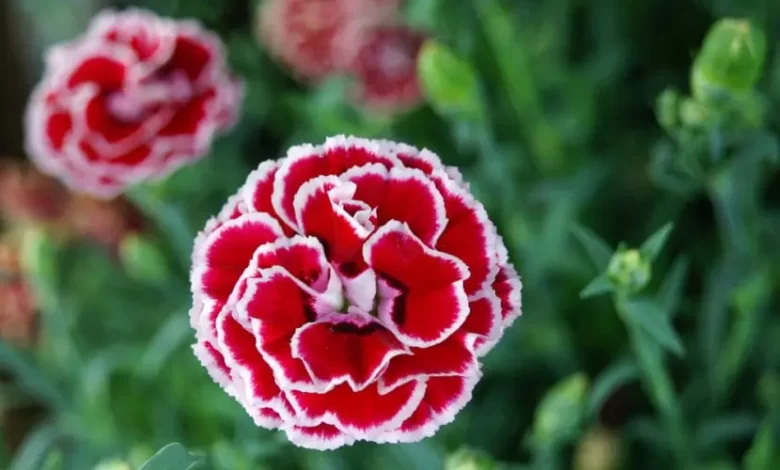
Important points when planting Chinese carnation
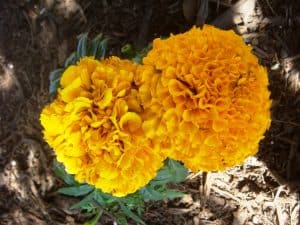 When? In spring and summer.
When? In spring and summer.- Where? In the garden and in a pot.
- How do we prepare the land? It does not require much preparation, just quality soil with good drainage.
- How do we sow? With seed and 25 centimeters apart.
- How do we pay? Any type of organic fertilizer and, in a pot, liquid fertilizer.
- When do they bloom? During spring and summer.
- Ideal temperature? Always above 20 degrees Celsius.
- How do we water? Abundant irrigation because it is asun plant.
- Diseases and pests? Molds of different types, red spiders, slugs, aphids and snails that suck the sap of the plant.
What is the Chinese carnation?
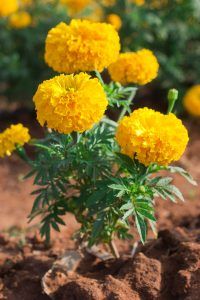 The Chinese Carnation, despite its name, is not native to China but to Mexico, where it is called the Flower of the Dead, or the Twenty Petal Flower. Its scientific name is Tagetes erecta.
The Chinese Carnation, despite its name, is not native to China but to Mexico, where it is called the Flower of the Dead, or the Twenty Petal Flower. Its scientific name is Tagetes erecta.
If something is not missing are names. Thus, for example, it is identified as African Clavelón, India Clavelón, India Rose, Clavel, Clavelito and Chinese Clavel, which is the best known.
It is one of the most sought-after flowers by gardening lovers, due to its varied beauty, in yellow, orange, red, fuchsia, salmon, or bicolor and iridescent colors, and a sweet aroma that impregnates environments with elegance, although in some Sometimes it can get unpleasant.
It is a plant of the Caryophyllaceaees, it reaches 25 centimeters and has more than two hundred species, ideal for preparing flower bouquets and decorating gardens and interior places of the house, especially the balcony.
It has robust or thin stems, but very branched, which can grow as a bush or as a perennial herb, and we can have it in pots or in the garden during spring and summer.
The leaves are evergreen, simple, long, entire or serrated on the margins, green in color, although in some varieties they are also greenish blue. Its fruit is an achene or dry fruit whose seed is not attached to the interior, and is elongated and thin.
Where should we plant it?
The Chinese carnation can be planted in a pot or in the ground, but it has the requirement that the soil must be of quality.
It is ideal for our garden, due to the immaculate beauty of its flowers that attract attention due to the variety of their resplendent colors.
In a pot it can adorn interior spaces of the house or the balcony, as long as it receives enough light to develop, because without light its flowers will not be strong or beautiful.
When should the Chinese carnation be cultivated?
It is a plant that blooms in the spring and summer seasons, but if autumn is favorable, that is, without low temperatures, it can continue to bloom without problems.
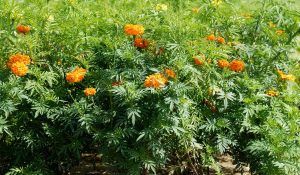 Therefore, the ideal time to plant it is spring. In a pot, we must transplant the same day that we have acquired it.
Therefore, the ideal time to plant it is spring. In a pot, we must transplant the same day that we have acquired it.
The favorable temperature for the Chinese Carnation should always be above 20ºC, which is when it feels comfortable, because below that temperature it will have flowering problems.
How do we prepare the land?
The type of soil to plant in does not matter, as long as it has good drainage. If it is a pot, we must use a universal substrate mixed with 25% perlite.
How to plant a Chinese carnation step by step?
The steps to follow to plant a Chinese Carnation involve the following activities:
in seed
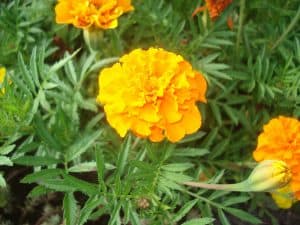 Fill a tray seedbed with universal growing substrate, placing two seeds in each alveolus. Cover each one with a little soil, keeping them moist, in partial shade, at a temperature of 13ºC.
Fill a tray seedbed with universal growing substrate, placing two seeds in each alveolus. Cover each one with a little soil, keeping them moist, in partial shade, at a temperature of 13ºC.
Germination will occur in about a week and, when it reaches about three inches, transplant the first seedlings to their final place in well-drained soil, because stagnant water can rot the plant.
It must be taken into account that there must be a separation of 25 centimeters (cm) between each plant at a depth of just 1 cm of soil, making sure that a temperature of 13ºC is maintained.
potted
If we decide to plant it in a pot, it should be about 8 cm in diameter with a good mixture of compost, consisting of two measures of black earth, one of peat, another of humus and one of sand, with the addition of limestone to ensure the result.
What care does the Chinese carnation need?
The Chinese carnation will grow beautiful if we wrap it with simple but necessary care, such as the following:
Lightning
These are plants that get along very well with the sun, so, in the ground or in a pot, light should not be lacking, since the Chinese carnation is not related to the shade or to closed and dark places that can cause death.
Temperature
The favorable temperature for the Chinese Carnation should always be above 20ºC, which is when it feels comfortable, because below that temperature it will have flowering problems.
I usually
The soil, as we have said, must be well-drained, with organic and light fertilizer, preferably natural substrates, phosphorus for rooting and nitrogen for good foliage.
Irrigation
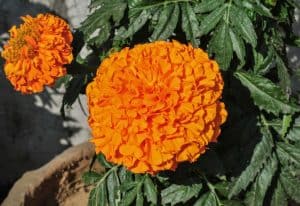 This must be continuous and in good quantity, even more so in hot times, preferably in the afternoon-night hours, to prevent the action of the sun from producing a magnifying glass effect that damages the plant.
This must be continuous and in good quantity, even more so in hot times, preferably in the afternoon-night hours, to prevent the action of the sun from producing a magnifying glass effect that damages the plant.
We must water three or four times a week during the summer and once or twice the rest of the year, but the frequency of watering will depend on the weather: if it is hot, you have to water more.
It will also depend on the location, that is, if it is in the ground or in a pot and if it has a plate under it or not.
Pass
During the spring and summer it is good to use organic fertilizer, and in a pot the fertilizer should be liquid. The fertilizer we use is indifferent: worm, mulch, humus, manure or compost.
What pests and diseases attack the Chinese carnation?
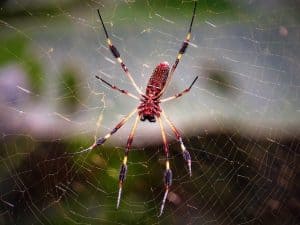 The Chinese carnation is attacked by pests of many kinds, such as red spiders, which are mites that feed on the sap of its leaves, where they weave their webs.
The Chinese carnation is attacked by pests of many kinds, such as red spiders, which are mites that feed on the sap of its leaves, where they weave their webs.
It is convenient to act fast and fight with a good acaricide. Slugs and snails feed on the stems, leaves and buds, causing holes in the plant.
There are black slugs that attack the roots..
Aphids, insects that come in a variety of forms, suck the sap from the plant, weakening it, which gives way to the proliferation of diseases with viruses or galls.
This plant is also a victim of fungi on the leaves where they cause spots, and on the stem; gray mold on the leaves and flowers, which must be combated with a fungicide, and virosis, which has no cure.

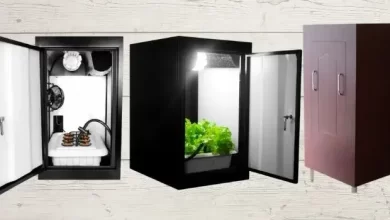
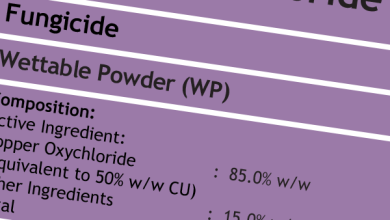
![Photo of Quince Tree: [Care, Planting, Irrigation, Substrate and Pests]](https://www.complete-gardening.com/wp-content/uploads/2022/08/quince-tree-care-planting-irrigation-substrate-and-pests-390x220.jpg)
